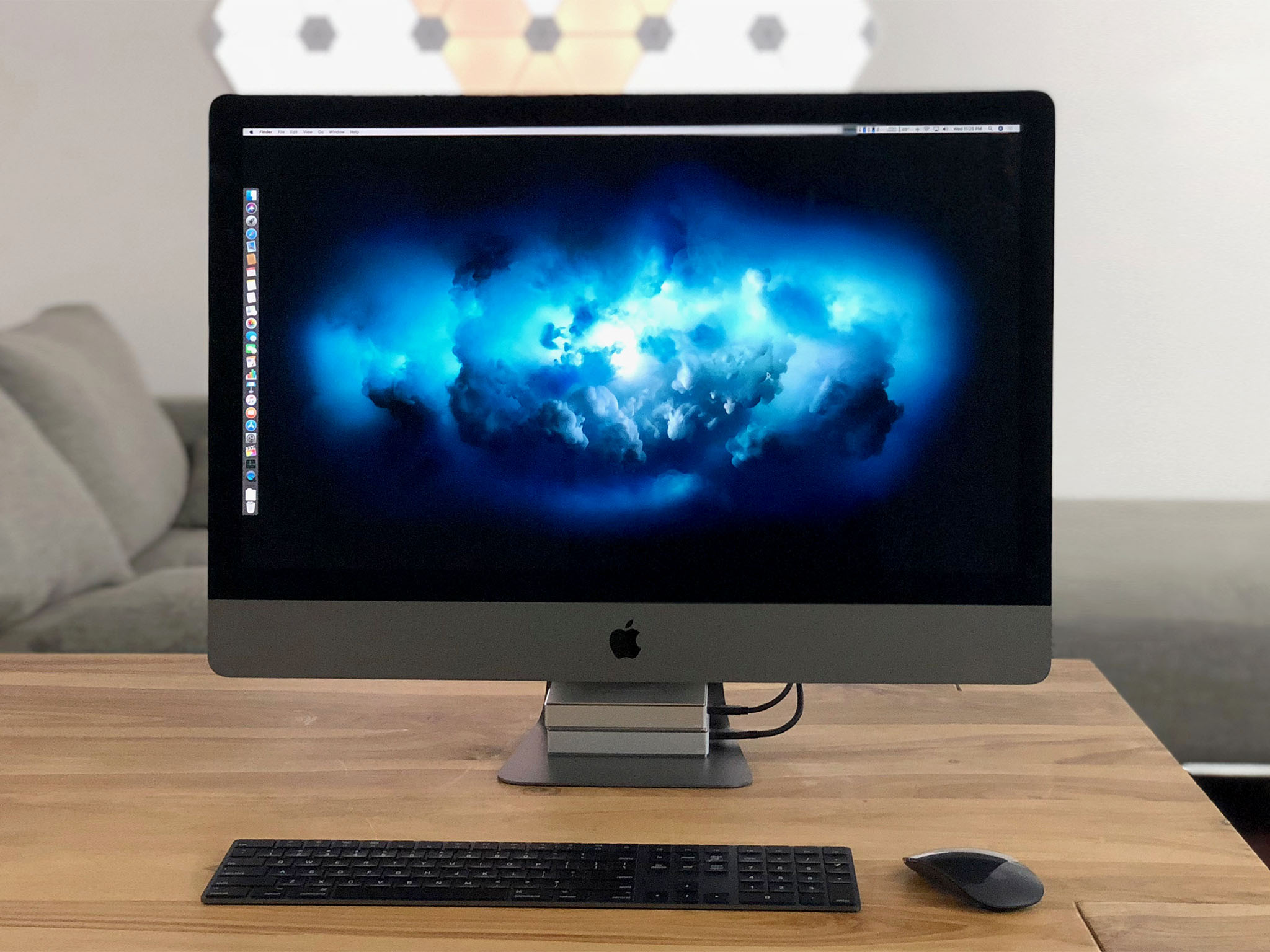Where is the pages option??? Pdfelement 6 for mac. They are misleading customers and of course its NON RETURNABLE UPDATED: well after contacting the company by email I was given a discount coupon so that I could buy the PRO version THAT ACTUALLY DOES WORK WITH PAGES AND MAC and I had to pay $39 more instead of the normal $50. It now does what it says and for that I am happy. I bought this directly from Wondershare after testing the trial version. SO just count on paying way more for this than it says to get what you want done.
Since Apple announced —not to mention —I figured that some of you would like advice on picking a new model that meets your needs. The most important consideration for any machine you buy is how much storage you’ve gotta have.
The Mac Pro’s reputation as a reliable desktop for high-performance computing continues with current Mac Pro models, which make quick work of processing-intensive tasks through Intel Xeon processors, up to 12 GB’s worth of RAM, and 1 TB hard drives.

In this article, I’m going to assume that everything you’d like to move over to a new computer is on your current Mac, but if that’s not the case (and you want to, say, put on an additional 500GB of music from an external drive), be sure to keep that in mind. The first thing you’ll do is figure out how much space you’re currently using. An easy way to do that is to go to the Apple Menu in the upper-left of your screen and choose “About This Mac.” If you’re running Yosemite, you should see the redesigned window pictured below (the one where I’ve pointed out the “Storage” tab) right away, but if you’re using an earlier version of the OS, click “More Info” on the next box to get there.
Then you’ll select the “Storage” tab to get an idea of how much space you’re already using on your drive. I’m getting pretty close there.
If you guys are using an even older version of OS X (10.6 or earlier), the process is different. Select your Macintosh HD (or whatever you’ve renamed your drive) on your desktop and press Command-i, and then you can see your capacity and available space there. In any case, what I usually recommend that people do is take the amount of storage they’re currently using, then add on at least 50 percent more to give themselves room to grow on a new Mac. In my case, I’m using about 105GB (from a capacity of 120GB minus 15GB free), so if I were to get a new laptop from Apple, I’d want to upgrade to a 256GB drive for sure. Of course, this isn’t a hard-and-fast rule—if you’re a person who takes a ton of photos or downloads media often, you may want to be less conservative in estimating how much you’ll need.
For example, a simple chart might have the following alternative text: 'Bar chart of number of traffic fatalities in Ingham county from 2008-2010. Fatalities have increased for the last two years. Mac word 2011 change style of headings for entire paper is bulleted.
It’s always MUCH easier to pay for a bit more than absolutely necessary than to have to start shuffling data around when you run out of room, especially if you let it get to the point where your Mac slows to a crawl because it doesn’t have any free space to work with. Don’t do that, OK?
Lock column width in word 2016 for mac. RAM, or random access memory, is common spec that buyers use to assess the value between computers. RAM tends to be one of the specs that tends to be misunderstood – the more RAM, the better, right? Well, sure, but. If you’re buying a Mac, whether it may be a desktop iMac or a MacBook, you’ll want to pick out one that has the right amount of RAM for your needs. Having also helps. In layman’s terms, it is where applications, data, and files are stored when you’re currently accessing and opening them. The higher the RAM is, the the bigger the apps and programs it can run.